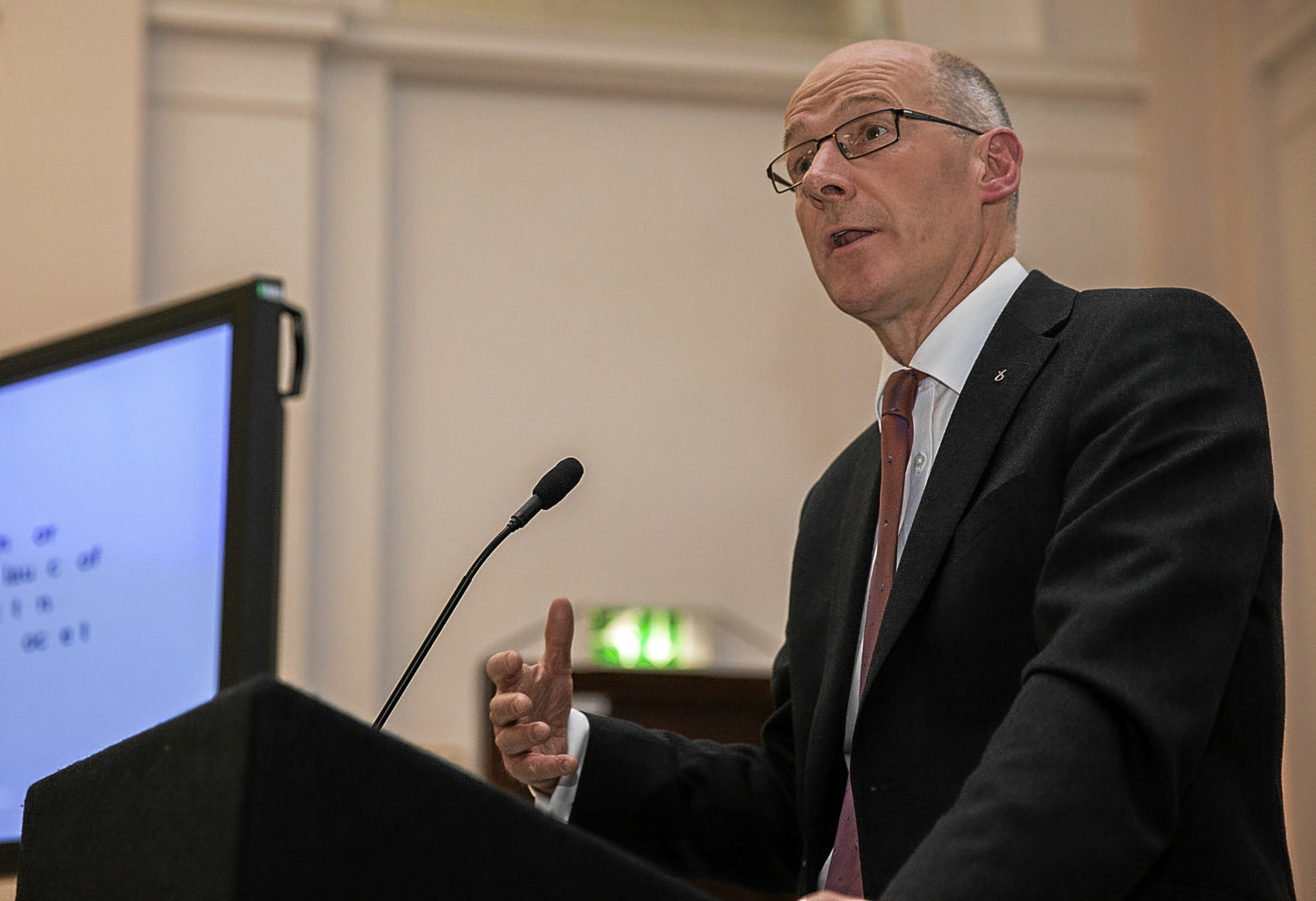Scottish Deputy First Minister John Swinney has welcomed a task force report calling for stronger university-business collaboration to boost Scottish innovation and productivity.
The Growing Value Scotland (GVS) Task Force also called for a new innovation funding system after its investigation into improving research collaboration between industry and academia.
The aim of the investigation is to generate industrial “competitive advantage” to positively impact the Scottish economy.
Thanking the National Centre for Universities and Business and its task force, Mr Swinney said: “I welcome the recommendations which complement the Scottish Government’s plans on innovation reform, by simplifying the Scottish innovation ecosystem and maximising collaboration between higher education institutions and business.
“Scotland has a comprehensive range of higher education institutions. The research they undertake, combined with our high quality workforce, means we have many of the tools that will allow us to succeed in delivering greater prosperity in Scotland’s economy.”
Scotland spends just 1.6% of its GDP on research and development (R&D), less than leading European countries according to 2012 figures.
Businesses in Scotland contributed only 3.1% of the £24.1 billion invested in business R&D in the UK in 2012.
There is evidence that cooperation between universities and business in Scotland is lower than other parts of the UK. The task force made nine recommendations about the need for more cooperation on skills, for businesses to take responsibility for their own innovation and on the importance of different sectors.
The task force supports a step change in support for innovation and in the impact of business-university collaboration.
Rob Woodward, co-chairman of the task force said: “Scotland must harness the creativity and inventiveness of its universities to bring about transformational change in all aspects of its business ecosystem.”
